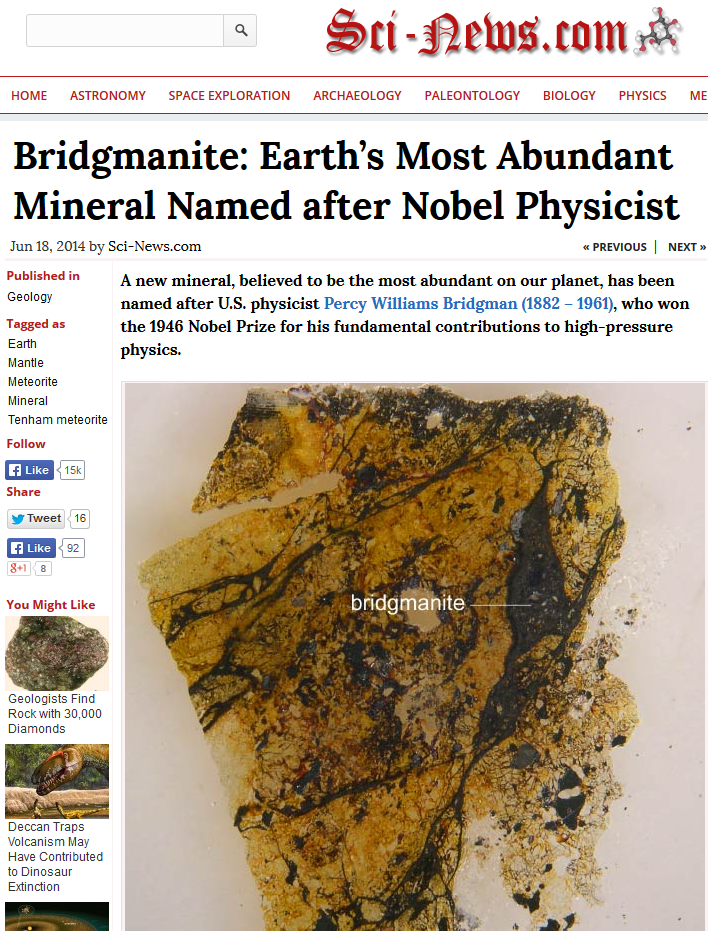A meteor shower over Nagpur is helping scientists study the origin of Earth.
Indian meteorite and Earth’s formation - An interesting study
- The story: On May 22, 2012, a large meteor shower occurred near the town of Katol in Nagpur. As it happened at noon, the villagers missed the light show but the shower caused sonic booms or thunder-like noises, initially spreading rumours that an aircraft had crashed. The next day, researchers from the Geological Survey of India (GSI) collected about 30 meteorite fragments with the largest weighing around a kilogram.
- Studying those: By studying the composition of these meteorite fragments, researchers have unravelled the composition expected to be present in the Earth’s lower mantle which is at about 660 km deep.
- Initial studies revealed that the host rock was mainly composed of olivine, an olive-green mineral. Olivine is the most abundant phase in our Earth’s upper mantle.
- The Earth is composed of different layers including the outer crust, followed by the mantle and then the inner core. You can reach the upper mantle if you drill for about 410 kilometers.
- By studying the composition of these meteorite fragments, researchers have unravelled the composition expected to be present in the Earth’s lower mantle which is at about 660 km deep. Studying the meteorite could also tell more about how our Earth evolved from being a magma ocean to a rocky planet.
- Studying a meteorite: The researchers took a small sample of the meteorite and examined it using special microscopy techniques. The mineralogy was determined using a laser micro-Raman spectrometer. These techniques helped the team identify, characterise the crystal structure of the meteorite and determine its chemical composition and texture.
- Learning: Scientists examined a section of the highly-shocked meteorite from Katol. The paper published in PNAS reports the first natural occurrence of a mineral called bridgmanite. The mineral was named in 2014 after Prof. Percy W. Bridgman, recipient of the 1946 Nobel Prize in Physics.
- Various computational and experimental studies have shown that about 80% of the Earth’s lower mantle is made up of bridgmanite. By studying this meteorite sample, scientists can decode how bridgmanite crystallized during the final stages of our Earth’s formation.
- The bridgmanite in the meteorite was found to be formed at pressures of about 23 to 25 gigapascals generated by the shock event. The high temperature and pressure in our Earth’s interior have changed over billions of years causing crystallisation, melting, remelting of the different minerals before they reached their current state. It is important to study these individual minerals to get a thorough idea of how and when the Earth’s layers formed.
- The Katol meteorite is a unique sample and it is a significant discovery. Though previous studies on other meteorite samples (Tenham and Suizhou samples) have shown the presence of much more magnesium and iron components, they were different from bridgmanite present in the Earth’s lower mantle. The composition of Katol bridgmanite closely matches those synthesized in different laboratories around the globe over the last three decades.” He is the corresponding author of the paper.
- Evolution of Earth: The inner planets or terrestrial planets or rocky planets Mercury, Venus, Earth, and Mars are formed by accretion or by rocky pieces coming together and forming a planet by increased pressure and high temperature caused by radioactive elements and gravitational forces.
- Our Earth was an ocean of magma before the elements crystallised and stabilised and the different layers such as core, mantle were formed. The heavier elements like iron went to the core while the lighter silicates stayed in the mantle.
- By using the meteorite as an analog for Earth, we can unearth more details about the formation.” He is one of the authors of the paper.
- Bridgmanite makes up around 38% of the planet's total volume, meaning it is by far the most abundant mineral on Earth. Meteorites exposed to high pressures and temperatures during impact-induced shock often contain minerals whose occurrence and stability normally confine them to the deeper portions of Earth's mantle. One exception has been MgSiO3 in the perovskite structure, which is the most abundant solid phase in Earth. This layer is made up mostly of the mineral bridgmanite, a very dense magnesium iron silicate with the formula (Mg,Fe)SiO3. MgSiO3-perovskite is now called bridgmanite.
- EXAM QUESTIONS: (1) Explain the scientific process by which experts connect today's meteors with the past evolution of planets and moons. (2) Comment on the formation of bridgmanite on Earth.
#Earth #bridgmanite #solarsystem
* Content sourced from free internet sources (publications, PIB site, international sites, etc.). Take your own subscriptions. Copyrights acknowledged.


















COMMENTS